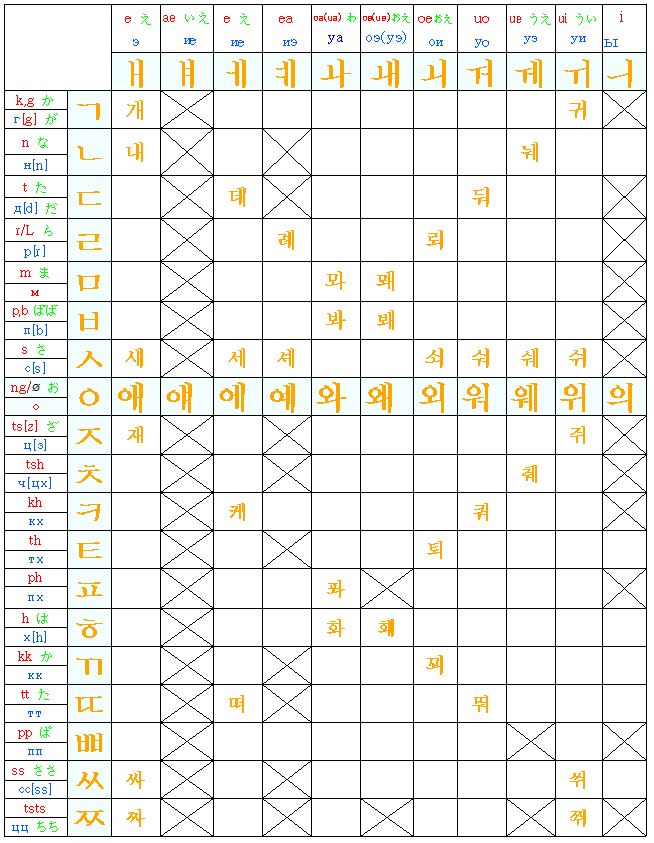You must know the pronunciation rules of double vowels in Korean
It is called "Hangeul" which can write Korean. Hangeul was created in 1443 and its creation is much later than other languages. So it is also true that there is some speculation that it may have been based on research results from other languages that were created long ago. So some linguists say that the Korean word "Hangeul" is very scientific.
What is the difference between Korean and "Hangeul"?
The Korean language has a long history of more than 5,000 years, but unfortunately there was no writing in its own notation. That's why we've used the notation "idu".
"idu" is a completely different language from Chinese, borrowing Chinese characters and using them only as a notation for Korean is a completely different language from Chinese.
At first glance, it can be thought that there is no difference between Chinese characters and "idu". However, there are two very big differences between Chinese characters and "idu".
First, it is the difference in language. Chinese characters are Chinese characters, and "idu" is a character borrowed from Chinese characters to express Korean. Therefore, sentences written in Chinese characters and sentences written in "idu" have different word order. This is because Chinese uses the same word order as English, and Korean uses different word order.
Second, grammar forms are mentioned. If you look at the "Wangocheonchukjujun" written in "idu", the meaning is all the same even if it is expressed in various forms such as "고양이가 생선을 먹다(cat eats fish)", "생선을 고양이가 먹다(eats cat fish)," and "생선을 먹다 고양이가(fish eats cat)," which can only be seen in Korean grammar. Of course, there are some differences in nuance depending on "which word you emphasize more." However, the meaning is completely different in Chinese characters.
Through these different grammatical forms, Chinese characters and "idu" can be seen as completely different languages.

The previous postings "How to read Korean letters very easy" and "How to solve the Korean constellation structure very easy" have already explained Korean consonants and vowel structures and "bottom consonants" that are not in other languages.
In this post, let's look at the double vowels that are rarely found in other languages. Of course, in English, vowels are often pronounced long or double vowels when pronouncing or speaking directly. However, double vowels are rarely found as the notation itself. In Korean, 11 double vowels themselves are creating words.
Double vowels meet consonants and produce sounds, no different from normal vowels. However, it is a common vowel, which is linguistically short vowel in Korean. In other words, there are 10 short vowels and 11 double vowels in Korean. There are 21 vowels that are hard to find in other languages. English sometimes includes "y" in the basic five vowels "a,e,i,o,u".
In Korean, vowels are divided into single vowels and double vowels, but not all double vowels are pronounced long. In some cases, when a double vowel meets a specific consonant to produce a sound, it is pronounced as a single vowel, which is a representative sound.
Therefore, in order to understand the double vowels of Korean, how are they basically pronounced? And you should know when double vowels are pronounced as single vowels.
First, I made the chart below like a game so that you can easily understand the basic pronunciation structure of double vowels. The vertical is marked with consonants, and the horizontal is marked with double vowels. Sound is made like pronunciation notation at the point where it meets horizontally and vertically.
The basic phonetic notation of double vowels

Second, when a double vowel meets a specific consonant and makes a sound, it is pronounced as a single vowel, a representative vowel.

